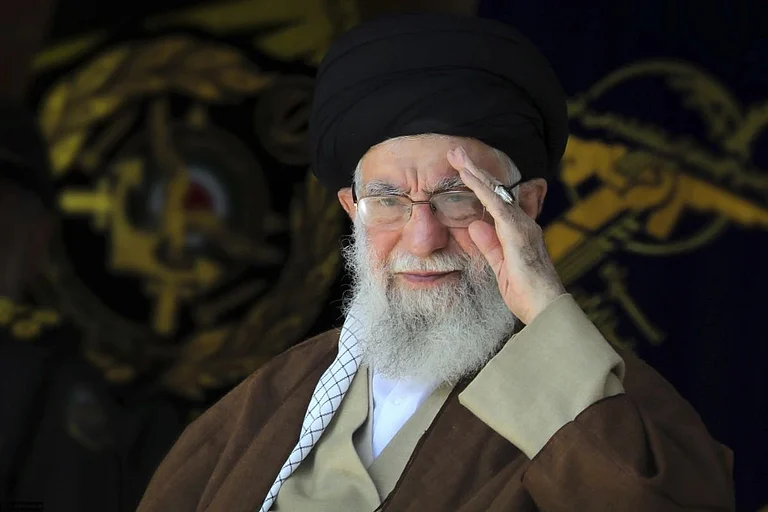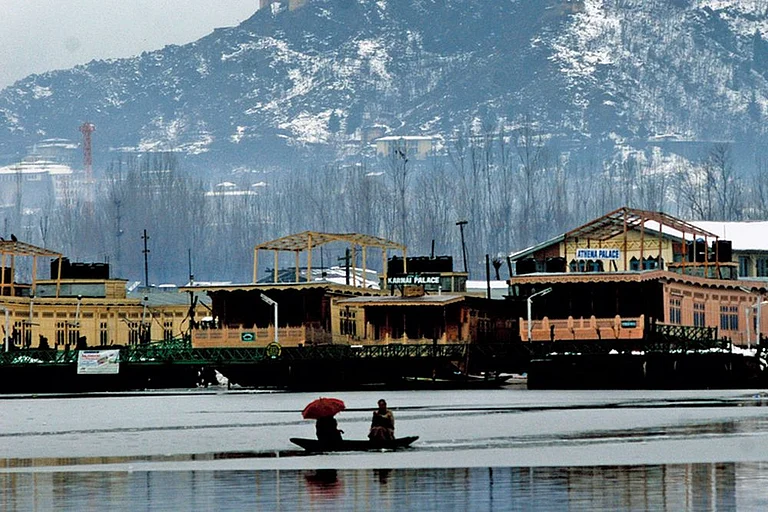In a revised travel advisory for India, the United States urged US Citizens to avoid travelling to the conflict-hit northeastern state of Manipur alongside Jammu and Kashmir, the India-Pakistan border, and certain parts of central and eastern regions of the country where Naxalites are active.
"Exercise increased caution in India due to crime and terrorism. Some areas have increased risk,” it said.
Assessing the rising incidents of terrorism, conflicts, and crime across the nation, overall India has been placed at Level 2 while several specific parts of the country including Jammu and Kashmir, the India-Pak border, Manipur, and parts of Central and East India have been placed on Level 4 in the revised travel advisory.
All about the revised travel advisory
The advisory recommended Americans to reconsider travel to the northeastern states due to terrorism and violence.
"Indian authorities report that rape is one of the fastest growing crimes in India. Violent crime, such as sexual assault, has happened at tourist sites and other locations. Terrorists may attack with little or no warning. They target tourist locations, transportation hubs, markets/shopping malls, and government facilities,” the travel advisory further added.
Owing to the ethnic clashes in the northeastern state of Manipur, it has been placed at Level 4 by the State Department.
"Do not travel to Manipur due to the threat of violence and crime. Ongoing ethnic-based civil conflict has resulted in reports of extensive violence and community displacement. Attacks against Indian government targets occur on a regular basis. US government employees travelling in India require prior approval before visiting Manipur", the advisory read.
Taking cognisance of cross-border terrorism and frequent incidents of militant attacks, the State Department also said, "Do not travel to this state (with the exception of visits to the eastern Ladakh region and its capital, Leh). Violence happens sporadically in this area and is common along the Line of Control (LOC) between India and Pakistan. It also occurs in tourist spots in the Kashmir Valley: Srinagar, Gulmarg, and Pahalgam. The Indian government does not allow foreign tourists to visit certain areas along the LOC."
"India and Pakistan have a strong military presence on both sides of the border. The only official border crossing for non-citizens of India or Pakistan is in Punjab. It is between Attari, India, and Wagah, Pakistan. The border crossing is usually open, but check its current status before you travel. To enter Pakistan, you need a Pakistani visa. Only US citizens residing in India may apply for a Pakistani visa in India. Otherwise, apply for a Pakistani visa in your home country before traveling to India,” it said.
Furthermore, highlighting recent activities of the Maoist extremist groups across the span encompassing eastern Maharashtra and northern Telangana through western West Bengal, the advisory said, "Attacks against officers of the Indian government continue to occur sporadically in the rural parts of Chhattisgarh and Jharkhand that border Telangana, Andhra Pradesh, Maharashtra, Madhya Pradesh, Uttar Pradesh, Bihar, West Bengal, and Odisha. Southwest areas of Odisha are also affected. The Naxalites have carried out many terrorist attacks, targeting local police, paramilitary forces, and government officials."
"Due to the fluid nature of the threat, US government employees are required to obtain permission before travelling to most areas in the states of Bihar, Jharkhand, Chhattisgarh, West Bengal, Meghalaya, and Odisha. Permission is not required if employees are travelling only to the capital cities of these states. US government employees also need approval to travel to the eastern region of Maharashtra and the eastern region of Madhya Pradesh," the advisory said.



















